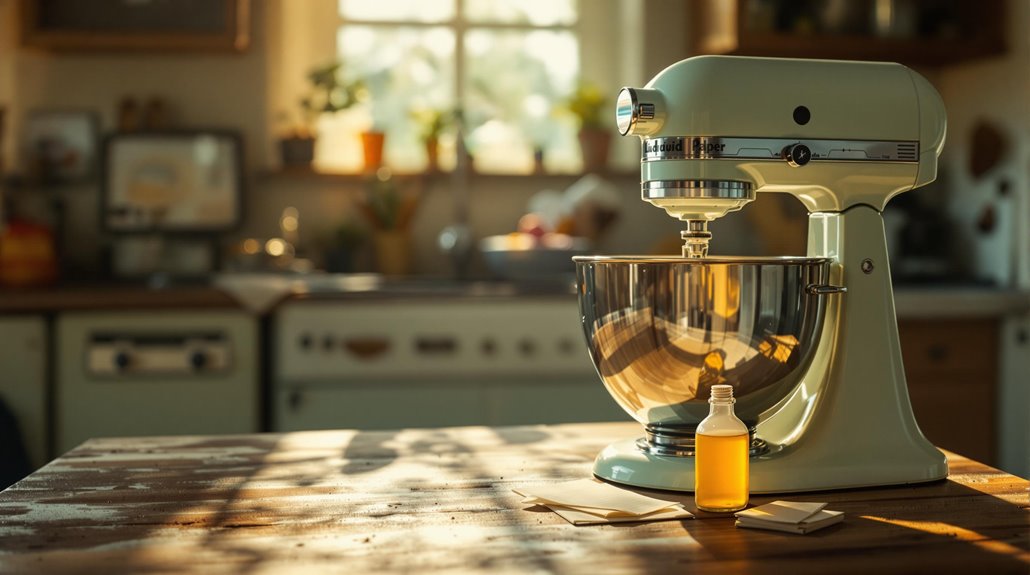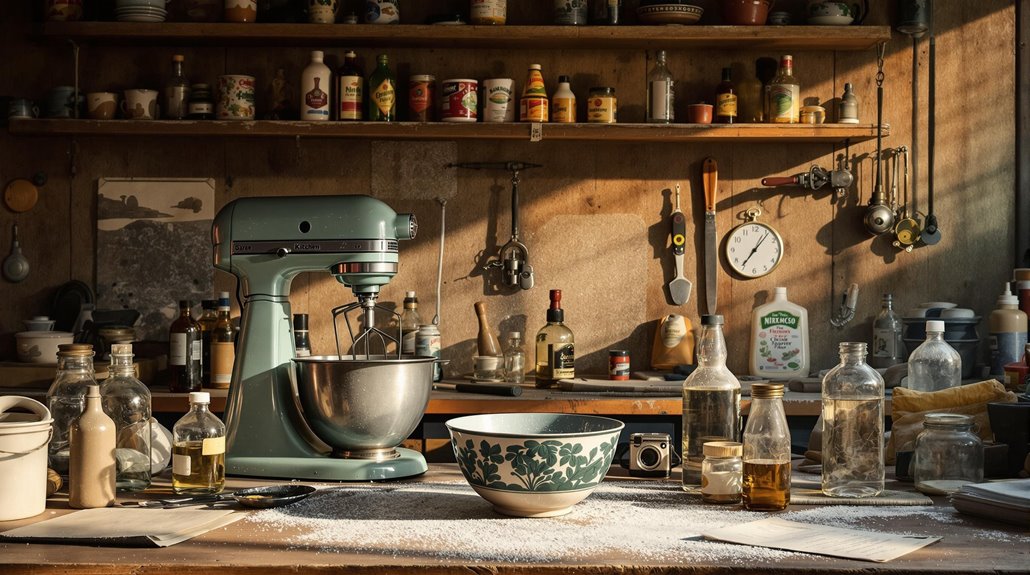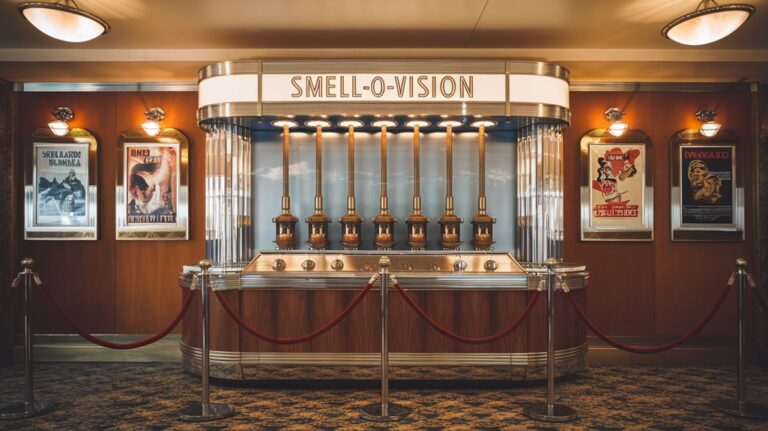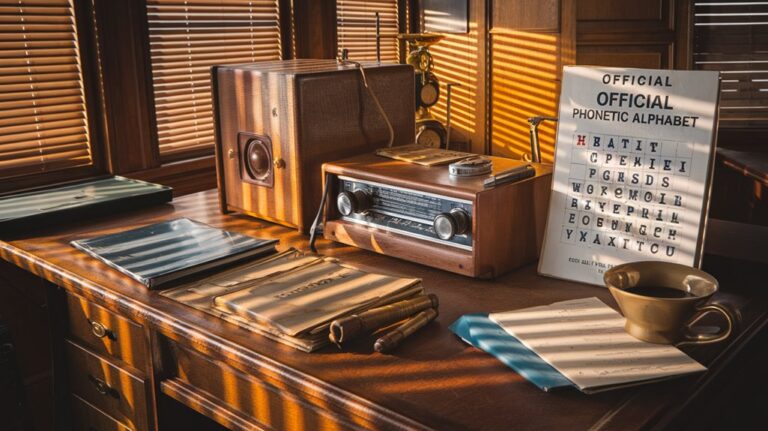Bette Nesmith Graham: How a Secretary’s Mixing Bowl Accident Created Liquid Paper
You've probably made a mistake at work and wished for a simple way to fix it. In 1956, Bette Nesmith Graham turned that exact frustration into one of the most practical office innovations of the 20th century. While working as a secretary in Dallas, she noticed how painters would simply cover their mistakes with a fresh layer of paint. That observation, combined with an accidental kitchen spill, sparked an idea that would transform the modern workplace forever.
A Secretary's Struggle With Electric Typewriters
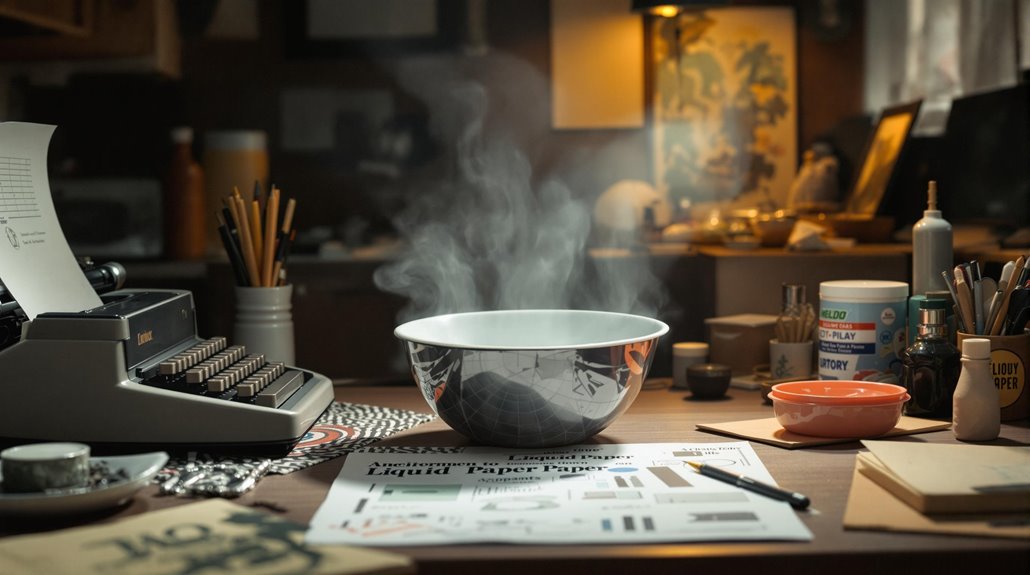
As electric typewriters swept through American offices in the 1950s, secretaries faced an unexpected challenge with these "improved" machines. The new keyboards were incredibly sensitive, causing more typing errors than their manual predecessors.
For secretaries like Bette Nesmith Graham at Texas Bank and Trust, these typing challenges threatened their job security. She worked as an executive secretary to the Chairman of the Board, making accuracy crucial to her role. While managing her work responsibilities, she attended night school to earn her GED.
The carbon-film ribbons used in electric typewriters created dark, crisp letters, but they were nearly impossible to erase cleanly. When you made a mistake, you'd often have to start over completely.
Error solutions were limited – traditional erasers only made matters worse by smearing the carbon ink across the page.
For Graham, a single mother who wasn't particularly skilled at typing, the change proved especially difficult as she struggled to maintain her position and support her son.
From Kitchen Experiments to Office Innovation
While watching painters touch up office windows one day, Bette Graham had her breakthrough moment. You'd be amazed how this simple observation led her to apply the same principle to typing mistakes, using tempera paint and a watercolor brush to match her office stationery.
Her kitchen creativity truly sparked when she turned to her blender, mixing experimental formulas with water-based tempera paint and anti-misting ingredients. Her son and friends helped her with bottling and labeling operations.
She didn't stop there – she consulted library resources and partnered with a chemistry teacher to refine her mixture. Working alongside an industrial polymer chemist, she focused on developing a quick-drying formula that perfectly matched bank stationery.
Initially dubbed "Mistake Out," she filled nail polish bottles with her creation, angled the brush tips for better application, and later renamed it "Liquid Paper" before seeking a patent. As a single working mother, she faced numerous financial struggles during these early development years but remained determined to succeed.
Building a Business From Her Home Garage
Bette Graham's kitchen experiments soon outgrew her mixing bowls. Her home innovation journey led her to convert her garage into a makeshift production facility, where she'd blend correction fluid using a kitchen blender and package it in repurposed nail polish bottles.
She cleverly modified the brushes by cutting them at an angle for better application. After consulting with local paint experts, she refined her formula based on insights from a paint company. Her garage production operation started modestly, selling about 100 bottles monthly from her car trunk to local businesses.
As demand grew, she hired her son and his friends for $1 per hour to help with production. After being fired from banking, Graham could finally dedicate herself completely to growing her business. The operation expanded from the garage to a trailer, then to a four-room house, increasing output from 500 to 5,000 bottles weekly by 1964.
The Rise of a Multi-Million Dollar Empire
From its humble beginnings as "Mistake Out" in 1956, Liquid Paper Corporation evolved into a global powerhouse that dominated the correction fluid market.
The company was founded by single mother secretary Bette Nesmith Graham who earned just $300 monthly at her bank job.
She initially sold bottles of the correction fluid from her car trunk before establishing formal distribution channels.
You can trace the company's explosive growth through its remarkable statistics: reaching million-dollar status by 1968, capturing 30% market share by 1971, and commanding an impressive 75% by 1979.
Despite facing 30 competitors, Graham's superior formula maintained market dominance throughout this period.
Graham's corporate philosophy integrated Christian values and progressive workplace benefits, though she faced significant challenges.
A difficult divorce in 1975 led to a power struggle when her ex-husband attempted to alter the formula and remove her from the company.
Nevertheless, she retained a 49% stake until selling to Gillette for $47.5 million in 1979, while expanding production to 25 million bottles annually across 31 countries.
A Lasting Impact on Modern Office Culture
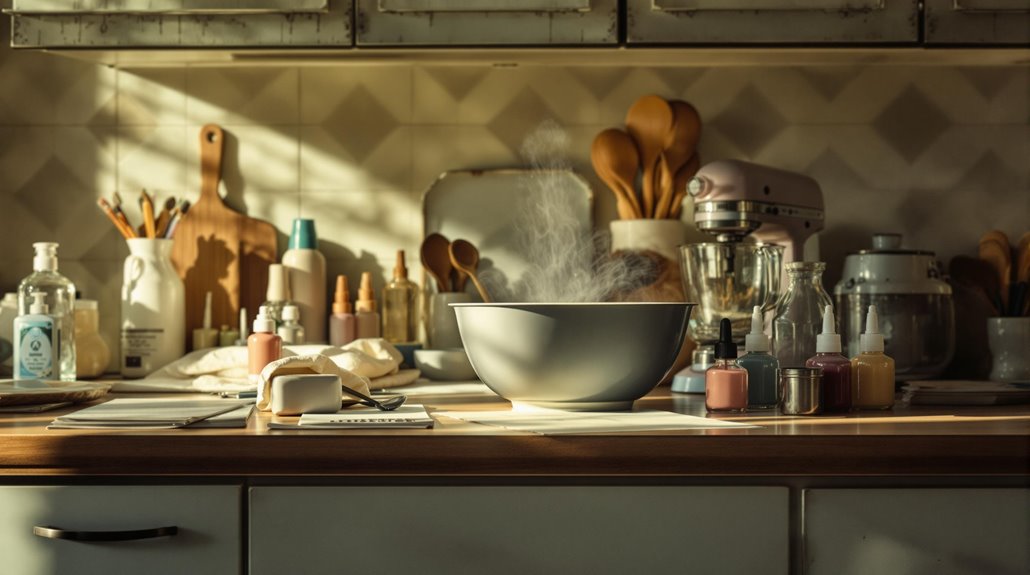
Beyond its financial success, Liquid Paper's impact on modern office culture proved revolutionary. You'll find its influence extending far beyond simple error correction, as it transformed office productivity and workplace dynamics. The invention eliminated the frustration of retyping entire documents, allowing professionals to maintain high-quality work while saving valuable time.
More notably, Graham's innovation advanced gender equality in the workplace. As a female inventor succeeding in a male-dominated business world, she inspired countless women to pursue entrepreneurial ventures and solve workplace challenges creatively. Her success proved that women could lead major innovations and build multi-million dollar companies. Her journey began when she used her artistic background to create a simple mixture of tempera water-based paint to cover typing mistakes. Her persistence led to remarkable growth, reaching 25 million bottles in annual production by 1975.
Today, you'll see Graham's legacy in modern digital tools like spell-check and autocorrect, while Liquid Paper continues serving industries that rely on physical documentation.

